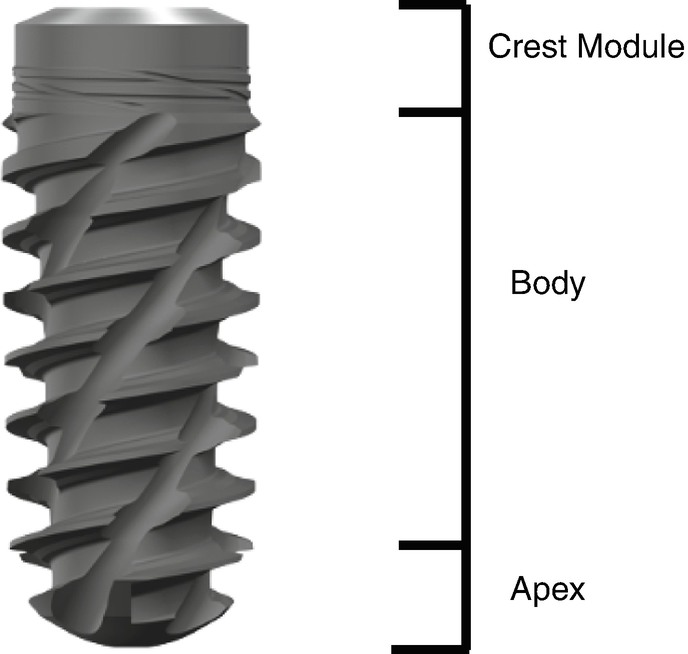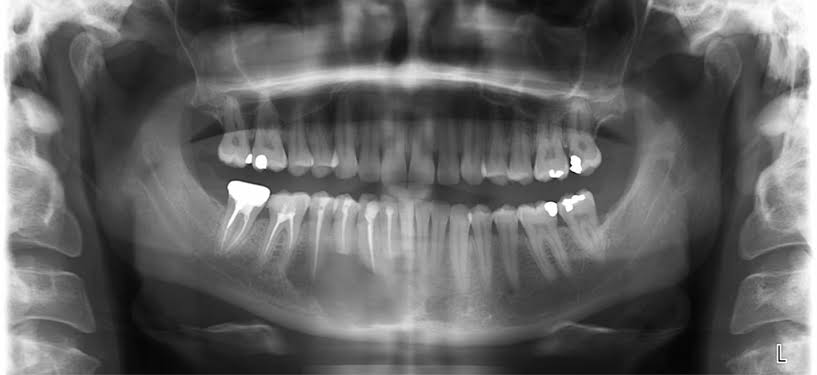Recent advances in Treatment of Ameloblastoma
Recent Advances in Treatment of Ameloblastoma
Ameloblastoma is a benign but locally aggressive tumor that occurs in the jawbones. In recent years, there have been several advances in the treatment of ameloblastoma. Here are a few notable developments:
1. Surgical Techniques: New surgical techniques have emerged to improve the management of ameloblastoma. These include refined tumor resection methods like selective marginal resection, enucleation with peripheral ostectomy, and segmental resection with immediate reconstruction. These approaches aim to achieve complete tumor removal while preserving functional and aesthetic outcomes.
2. 3D Imaging and Planning: The use of three-dimensional imaging techniques, such as cone-beam computed tomography (CBCT) and computer-aided design and manufacturing (CAD/CAM), has facilitated precise preoperative planning and intraoperative guidance. This technology helps in accurate tumor localization, virtual surgical simulations, and the creation of patient-specific surgical guides and implants.
3. Adjuvant Therapies: Adjuvant treatments such as cryotherapy, Carnoy’s solution, and photodynamic therapy have shown promising results in reducing the recurrence rate of ameloblastoma. These therapies are often used in conjunction with surgery to enhance local control and minimize the risk of tumor regrowth.
4. Molecular and Genetic Studies: Advances in molecular and genetic research have provided insights into the pathogenesis of ameloblastoma. These studies have identified specific genetic mutations and signaling pathways involved in tumor development, which may lead to the development of targeted therapies in the future.
It has been found that neoadjuvant treatment with dabrafenib significantly reduces size of the primary tumor which could reduce the extent of the subsequent surgery . On the other hand, Kaye et al. reported a case of unresectable locally recurrent ameloblastoma of the mandible with lung metastases treated with dual targeted therapy. They used dabrafenib in combination with trametinib which resulted with significant reduction of tumor and metastases volume and utter resolution of symptoms after 20 weeks. Combination of dabrafenib and trametinib has also proven to have a significant influence resulting with complete remission in a study by Brunet et al. .
SMO inhibiting drugs, such as itraconazole and vismodegib, are considered less successful due to the mechanisms of resistance which disable their binding .
Cyclopamine is SHH signaling pathway antagonist and is more effective than SMO inhibitors . However, it has ability to inhibit osteoblast proliferation and differentiation with negative effects on bone healing .
It is worth mentioning that matrix metalloproteinases (MMPs) have a role in local invasiveness of ameloblastoma. MMPs are zinc-dependent proteinases that are important in extracellular matrix degradation and are associated with tumor growth and invasiveness . MMP-2 and MMP-9 are expressed in various benign and malign tumors, including ameloblastoma. They are mainly involved in angiogenesis and tumor growth .Consequently, invasion of adjacent tissues could be effectively controlled by regulation of MMPs. Still, they have a vital role in tissue remodeling and inhibition of their activity causes major side effects. Thus, further research is needed to reveal potential disease control by MMP inhibitors .
5. Conclusions
Despite the great strides that have recently been made in investigation of molecular factors and biological mechanisms responsible for ameloblastoma, the management continues to be the subject of debate among clinicians. Surgeons often empirically decide for radical treatment to reduce the risk of recurrence, affecting postoperative quality of life. Novel conservative surgical methods such as active decompression and distraction osteogenesis have the potential to vastly reduce the extent of surgery. The development of molecular targeted therapies implicates MAPK and SHH pathway inhibition as an effective treatment modality for ameloblastoma.
Further clinical research is mandatory for standardization of treatment methods.
It’s important to note that the treatment approach for ameloblastoma depends on various factors, including the tumor size, location, and individual patient characteristics. Consulting with a qualified oral and maxillofacial surgeon or oncologist is crucial to determine the most appropriate treatment plan based on the specific case.

